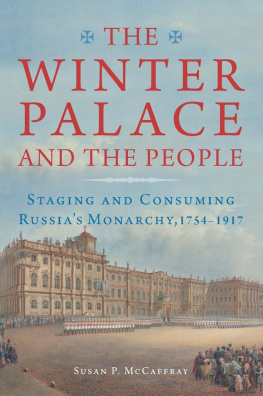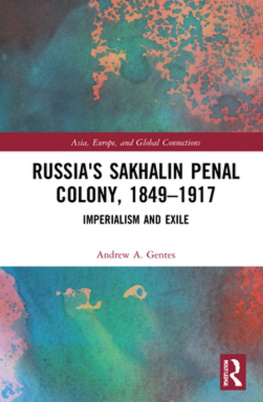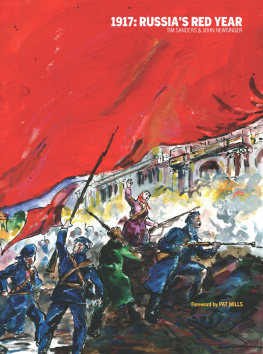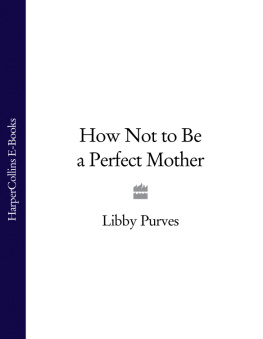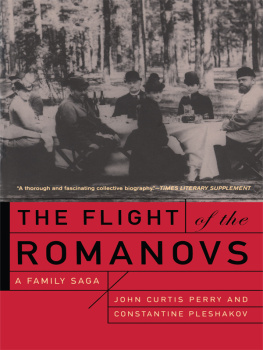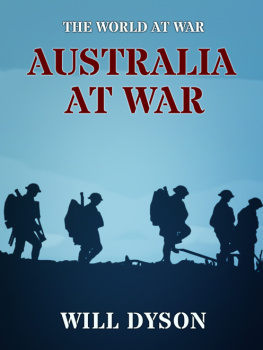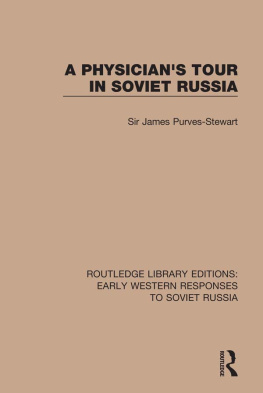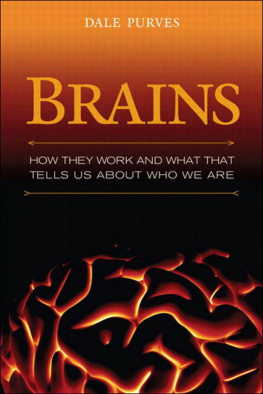Acknowledgments
I am grateful for the intellectual, moral, and financial support of many individuals and institutions because, even though History remains one of the most individualistic of endeavors, no book comes together without assistance of many kinds. Above all I am grateful for the work of more than one generation of Russian archivists and museum professionals at the two institutions that inspired and facilitated this study: The State Museum of the Hermitage and the Russian State Historical Archive in St. Petersburg. I also spent fruitful and contented hours in the European Reading Room of the Library of Congress, the Rare Book Room of the New York Public Library, the manuscript division of the National Library of Poland, the Davis Library at the University of North Carolina, and the incomparable University of Illinois Main Library during more than one Summer Research Lab sojourn. It is a pleasure to thank their friendly and competent staffs and the taxpayers who keep them going. I am grateful to the American Council of Teachers of Russian for logistical support in St. Petersburg. My thanks also go to the circulation staff at UNCWs Randall Library, and especially to Christopher Malpass and Elisabeth Howland of Interlibrary Loan, for without the many hundreds of obscure books and reels of microfilm they procured I could not have written this book in Wilmington.
I am particularly grateful to the State Museum of the Hermitage for permission to reproduce several paintings and photographs from their collection, and to Anastasia Mikliaeva for her assistance. Thanks also to the editors of the Russian Review and Canadian American Slavic Studies for permission to use some material previously published in their pages.
I am pleased to acknowledge the financial support of my own institution, the University of North Carolina Wilmington, including a Cahill Award from the division of Academic Affairs, a Faculty Research Reassignment and other support from the dean of the College of Arts and Sciences, several Moseley Awards from the Department of History, and grants from the Office of International Programs. This project benefited in particular from the ideas and insights of my colleagues Bob Argenbright, Lynn Mollenauer, Lisa Pollard, Paul Townend, Mark Spaulding, Michael Seidman, Tammy Gordon, and Ken Shefsiek. To the rest of my History comrades at UNCW I owe a debt for the congenial atmosphere that makes it a pleasure to teach and write.
Thanks are surely also due to the spirited collective of the Southern Conference on Slavic Studies, where many of these ideas first met the light of day, and in particular to the comments and learned advice forthcoming there from Chris Ely, Colum Lecky, George Munro, Susan Smith-Peter, and Frank Wcislo. I am grateful to Eve Levin, to Christine Worobec, and to the two anonymous readers of this manuscript for clarifying my thinking at different stages of the project and for significantly improving the final product. Warsaws Royal Castle hosted the splendid Rituals of Power Conference in 2016 and gave me the opportunity to present my work there. Like many other Russian History specialists, I am much indebted to Amy Farranto and Northern Illinois University Press for carrying on the tradition of Mary (and Bruce) Lincoln and so ably presenting our work to the wider world. For research assistance I must thank UNCW History students Katie Albritton and Sean King. Thanks to Shannie and Bob Moorman, Patti and Joe Neuhof, Natasha Orlova, Roza Starodubtseva, and Aida Zukowski for care and feeding during many research trips. All of these colleagues and friends have improved this study, and the errors of fact or interpretation that remain are entirely my own responsibility.
Closer to home my thanks are due, daily and hourly, to my husband, Beau, who spent the first year of his retirement staying very quiet on Tuesdays and Thursdays, to long conversations with my fellow historian Eddie McCaffray, to the moral support of Meghan Vicks who helped this project, and more, to gestate, and to Mara McCaffray, who still doesnt like history.
Finally, I thank the late UNCW non-trad Mike Jarrell, who succeeded on his second attempt to earn a History degree. Taking a break one afternoon from rebuilding roofs after Hurricane Fran, Mike revealed one of his many obscure fascinationswith the furniture of eighteenth- and nineteenth-century Russia. He brought tomes from his substantial personal library and piqued my interest in the Russian craftspeople who decorated the tsars Winter Palace. The idea he planted many years ago has grown up to be this book. This is only the most obvious of the debts I owe to the people with whom Ive spent the better part of the last three decades, and so it is to my students that I dedicate this book.
Preface
On a gloomy March afternoon at the beginning of Leningrads last decade, I am among the tourists lining up to enter the Winter Palace from the entrance on the Neva embankment. Ascending the flamboyant Jordan staircase to the maze of spectacular galleries and chambers above I learn my first Winter Palace lesson: if the endless clumps of international visitors obscure from view whatever your guide is pointing at, simply look up, where you are likely to see a colorful ceiling plafond depicting classical allegory, or down, where you can inspect at close range a parquet designed by the great Rastrelli himself. Even in drab late Soviet Leningrad, inside the Winter Palace there is always something beautiful to look at.
Glancing back at those gray days it is possible to view that lost city with something like nostalgia, its mud, thirst, and pervasive neudobstvo notwithstanding. Also on that first encounter I witnessed something that has endured through all the ups and downs of the last three decades: the dignified competence of the female guides. Apparently keen to ensure their own clatch of awestruck foreigners the best of views, these serious-minded women elbowed past others and took up posts in front of this or that Rembrandt or Leonardo, this hallmark of the Flemish school or the Italian school, and regaled listeners who could hardly hear over the Babel echoing through the gallery with the finer points of art history. Too rarely for my taste our guide offered tidbits about the life of the Romanov rulers and servants who inhabited the place in its glory days. More proudly she spoke of the superhuman efforts to save the palace and adjoining Hermitage from Nazi air raids. I perceived on that first visit that the story of how these young Soviet women had come to be such experts on the paintings and decorations of the tsars palace was a story in its own right.
Sixteen years later, in St. Petersburg, two friends and I toured the lovely Iussupov Palace, where we were richly rewarded for agreeing to take the tour in Russian from an exhausted guide who thanked us at the end for not asking anything about the palaces most famous event, the murder of Rasputin. Allowing this our guide to narrate stories about the stylish noble couple who had owned the place and engaging her in a rambling personal conversation as the four of us stretched out in the palaces elegant theater, I had an epiphany. The story of these noble and imperial palacesthese architectural vestiges of a long-gone, and not altogether mourned, pastwas not only, and perhaps not even mostly, the story of the people who built them. It was the story of the people who kept them going, including intervening generations who sank time, money, and talent into them and who treasured them in complicated ways. Palaces insinuate themselves into the lives of cities, or else they do not survive.

